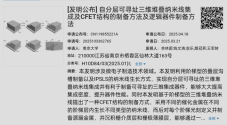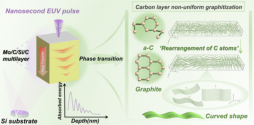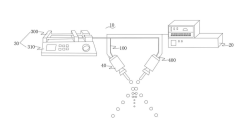UV-LED are replacing Mercury lamps in lithography applications with the same performance in some cases but more energy efficient, cheaper, longer lifetime and less complex power electronics.
Zhongtewei is a provider of intelligent high-speed lithography equipment. It focuses on providing fully automatic ultraviolet lithography equipment and technical solutions for wafer processing plants and solar cell processing plants, and has formed a series of products such as UVLED parallel light source modules, fully automatic proximity lithography machines, semi-automatic double-sided lithography machines and photovoltaic copper electroplating exposure machines, which have been applied to listed companies such as Sanan Optoelectronics, Shenzhen MTC and Huacan Optoelectronics.
The core technology group comes from Chongqing Green Intelligent Technology Research Institute. Our company has successfully launched various special proximity lithography machines by conquering UVLED multi-free surface precise light distribution technology, adaptive finite time anti-interference control visual closed-loop servo system, and dual-field closed-loop skeleton matching visual alignment algorithm. The exposure size covers 1/2/4/6/8/12-inch wafers and square pieces, with a production capacity of 140WPH, an overlay accuracy of ±0.5um, and provides a smart factory compatible interface. According to customer needs, product customization can be achieved to meet different application scenarios, such as semiconductor or photovoltaic exposure fields.
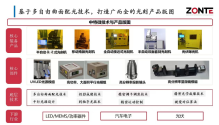
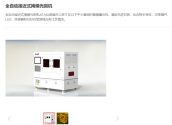
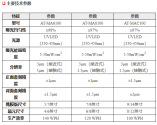
Zhongtewei is a provider of intelligent high-speed lithography equipment. It focuses on providing fully automatic ultraviolet lithography equipment and technical solutions for wafer processing plants and solar cell processing plants, and has formed a series of products such as UVLED parallel light source modules, fully automatic proximity lithography machines, semi-automatic double-sided lithography machines and photovoltaic copper electroplating exposure machines, which have been applied to listed companies such as Sanan Optoelectronics, Shenzhen MTC and Huacan Optoelectronics.
The core technology group comes from Chongqing Green Intelligent Technology Research Institute. Our company has successfully launched various special proximity lithography machines by conquering UVLED multi-free surface precise light distribution technology, adaptive finite time anti-interference control visual closed-loop servo system, and dual-field closed-loop skeleton matching visual alignment algorithm. The exposure size covers 1/2/4/6/8/12-inch wafers and square pieces, with a production capacity of 140WPH, an overlay accuracy of ±0.5um, and provides a smart factory compatible interface. According to customer needs, product customization can be achieved to meet different application scenarios, such as semiconductor or photovoltaic exposure fields.




